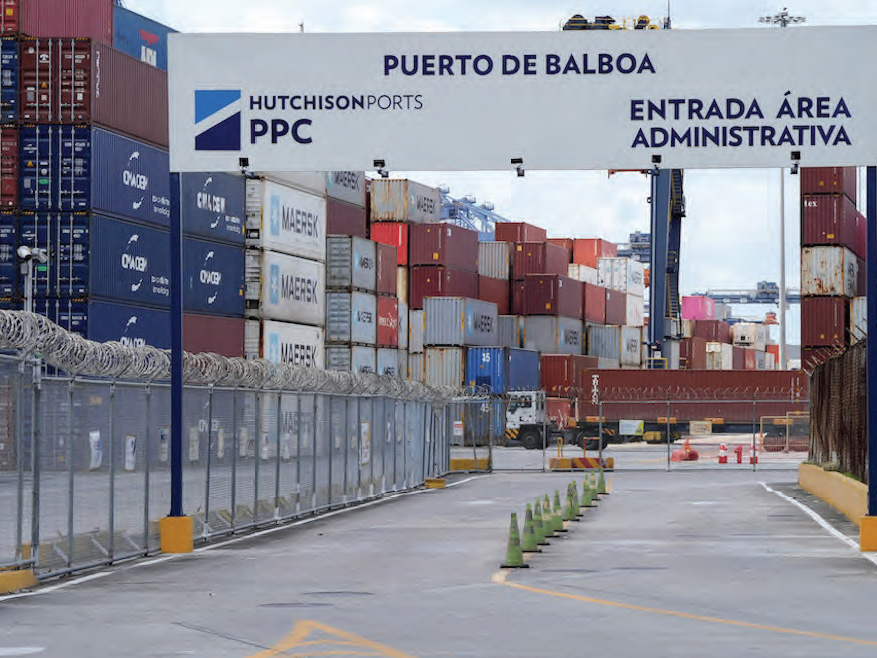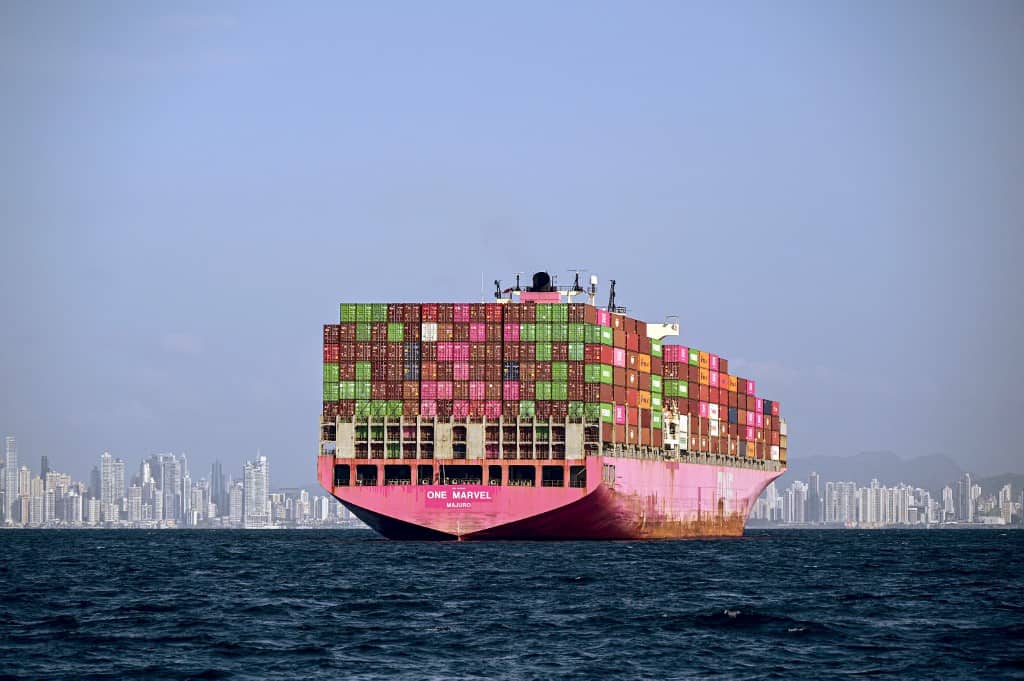Following implosion questions arise about the safety of the submersible

BOSTON, UNITED STATES – The five passengers aboard the submersible lost on Sunday when they were on a tourist trip to the wreck of the Titanic in the North Atlantic lost their lives when the ship imploded, according to the remains found by rescue teams.
“The wreckage is consistent with a catastrophic loss of chamber pressure” from the Titan, whose communication was lost on Sunday, two hours after starting the dive with five people on board, announced Coast Guard Rear Admiral John Mauger, who conveyed his condolences to the families.
On board were the British billionaire Hamish Harding, president of the Action Aviation company; the Pakistani Shahzada Dawood, vice president of Engro, and his son Suleman -both also with British nationality-; the expert French diver Paul-Henri Nargeolet; and Stockton Rush, CEO of OceanGate Expeditions, the company that operates the submersible, and which charged $250,000 per tourist.
On Thursday morning, an ROV, a remote-controlled vehicle, found the submersible’s tapered tail on the seabed less than half a kilometer from the Titanic.
The search, in which ships, robots, and planes participated, had entered a critical phase on Thursday after the 96 hours of emergency oxygen available to the submersible.
Despite the fact that the countdown had practically finished, the rescuers maintained their hopes.
“We continue to see in particularly complex cases that people’s will to live also has to be taken into account,” Mauger told NBC before the devastating find.
Multinational operation
The Polar Prince mother ship, of the Canadian company Horizon Maritime, lost all contact with the submersible less than two hours after starting a dive that should have lasted about seven hours, to visit the remains of the mythical ocean liner Titanic, which lies almost 4,000 meters deep and 600 km from the mainland, in Newfoundland.
The detection of noises underwater in the search area in recent days revived hopes of finding the submersible and focused the search for the ships and planes involved near the wreck of the Titanic.
Ships from various countries, including Canada, the United States, and France, as well as private companies, and remote control vehicles (ROVs), were part of the international search.
Security issues
In recent days, a report on the ship’s possible security deficiencies has come to light.
David Lochridge, the former director of marine operations for OceanGate Expeditions, the manufacturing company, who was fired for questioning the Titan’s safety, cited the submersible’s “untested and experimental design” in a lawsuit.
According to Lochridge, a porthole on the front of the device was designed to resist pressure at a depth of 1,300 meters and not at 4,000 meters.
“Scary” trip
Tom Zaller, executive director of the company that organizes the Titanic exhibition, told AFP his experience 23 years ago on a similar dive to the Sunday to visit the most famous shipwreck in history.
“As you go lower and lower, it gets darker,” and “colder.” Upon viewing the video he recorded of himself in the deep sea, he saw that he was “utterly terrified .”
“I was in that submersible for twelve hours with everything going according to plan,” he commented, but “I can’t even imagine” what it’s like to be locked up in a cabin for several days where there is no space to move or go to the bathroom.





